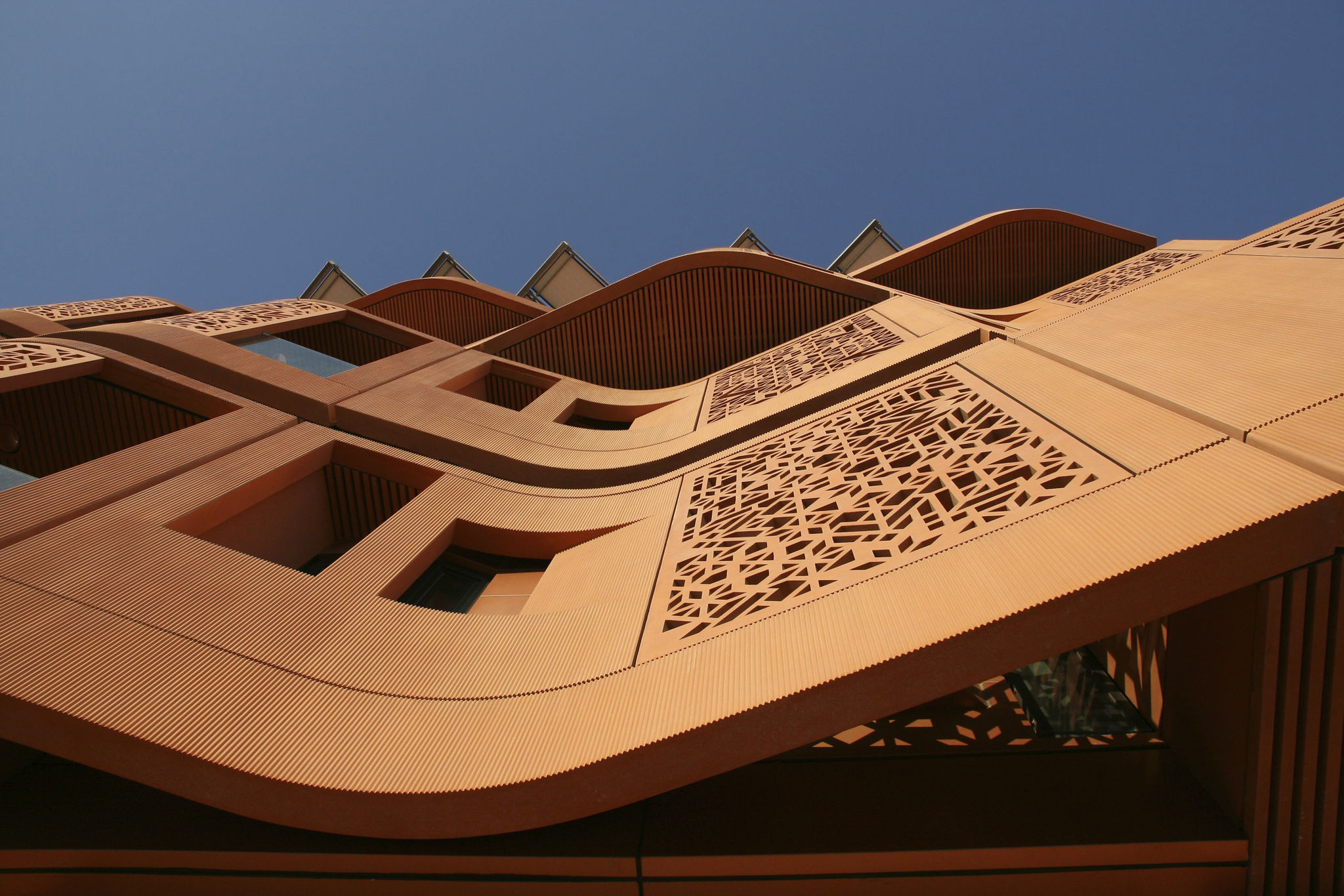Choosing the Right Materials for Your Climate: A Construction Guide
Understanding Your Climate Zone
When embarking on a construction project, one of the critical factors to consider is the climate in which you are building. The climate not only affects the durability of the materials but also influences energy efficiency, comfort, and maintenance costs. Before selecting materials, it's essential to understand your specific climate zone, whether it's tropical, arid, temperate, or cold.
Each climate zone presents unique challenges and opportunities. For instance, materials that perform well in a humid environment might not be suitable for arid regions. Understanding these distinctions can help construction professionals make informed decisions that enhance the longevity and sustainability of their projects.

Materials for Humid and Tropical Climates
In humid and tropical climates, materials need to withstand high levels of moisture and potential mold growth. Opt for materials like concrete, treated wood, and metal roofing that offer resistance to humidity. These materials help prevent water absorption and provide better durability against the elements.
Additionally, consider using moisture-resistant insulation and vapor barriers to control indoor humidity levels. Proper ventilation is also crucial to maintain air quality and prevent mold growth. Selecting the right combination of materials can significantly enhance the comfort and safety of buildings in these climates.
Considerations for Energy Efficiency
Energy efficiency is a vital consideration in any climate, but it becomes even more critical in humid environments where air conditioning demand is high. Using reflective roofing materials can reduce heat absorption, while energy-efficient windows can keep interiors cooler.

Materials for Arid and Dry Climates
Construction in arid and dry climates requires materials that can handle extreme temperature fluctuations and minimal rainfall. Materials like adobe, brick, and stone are excellent choices as they provide natural thermal mass, helping to regulate indoor temperatures by retaining heat during the day and releasing it at night.
Moreover, light-colored roofing materials can reflect sunlight, reducing cooling needs. Incorporating drought-resistant landscaping around the property can also contribute to sustainability by minimizing water usage.
Insulation and Ventilation
Effective insulation in arid climates is essential to prevent heat gain during the day and retain warmth during cooler nights. Additionally, designing structures with cross-ventilation can help naturally cool interiors without relying heavily on mechanical systems.

Materials for Temperate Climates
In temperate climates, builders have the flexibility to choose from a wide range of materials due to moderate weather conditions. However, it’s still important to consider seasonal variations. Wood is a popular choice for its aesthetic appeal and insulating properties but should be treated to resist decay and pests.
Using double-glazed windows can improve energy efficiency by reducing heat loss in winter and limiting heat gain in summer. Furthermore, integrating renewable energy technologies like solar panels can enhance sustainability and reduce utility costs.
Sustainable Building Practices
Incorporating sustainable practices in temperate climates can involve using locally sourced materials to reduce transportation emissions. Green roofs or walls can also provide insulation benefits while improving air quality and biodiversity.

Materials for Cold Climates
Cold climates demand materials that provide excellent insulation against freezing temperatures. Insulated concrete forms (ICFs) and structural insulated panels (SIPs) are popular choices for their superior energy efficiency. These materials create a tight building envelope, reducing heat loss significantly.
Additionally, high-performance windows with low-emissivity coatings are essential to minimize heat escape. Choosing roofing materials that can handle snow loads, such as metal or composite shingles, ensures structural integrity during harsh winters.
Heating Solutions
In cold climates, efficient heating solutions are vital. Radiant floor heating systems can provide consistent warmth throughout a building, while programmable thermostats offer better temperature control and energy savings.
